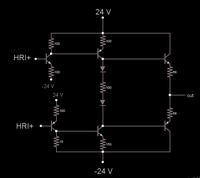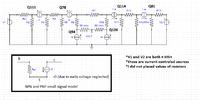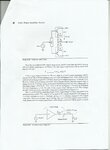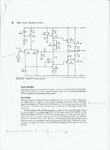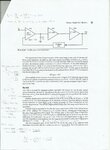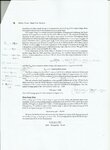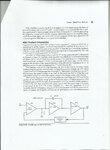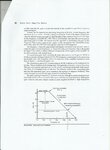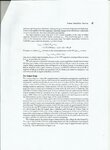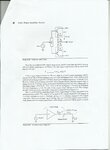ssquared
Junior Member level 3

- Joined
- Jun 6, 2015
- Messages
- 30
- Helped
- 1
- Reputation
- 2
- Reaction score
- 1
- Trophy points
- 8
- Activity points
- 213
sure if beta>> 1 => beta + 1 = beta
Sorry, in #17, I want to use but R153 not R155
Sorry, in #17, I want to use but R153 not R155

